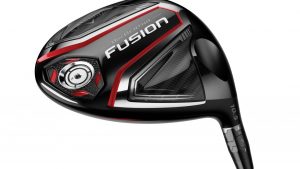
Cast vs. Forged Golf Drivers – Which One is Better for Your Game?
Whether you are a weekend warrior or a serious golfer, the clubs in your bag are your lifeline to the game. Most golfers strive to buy the best set of clubs they can afford, but the modern golf industry provides so many choices it is often hard to know which one is best.
The controversy over cast vs. forged drivers is a case in point. Whether you are new to the game of golf or not, you have probably heard a lot of opinions over casting and forging of drivers. So how do you know which one is really better and which production method will give you the greatest return on your investment? Here are some of the basics about casting and forging of drivers.
Forged irons hearken back to the oldest days of golf, when clubs were forged in the fires of the lock blacksmith. These days it is golf professionals and not blacksmiths who do the work, but the forging process remains much the same.
In the forging process, the club head begins as a solid piece of steel. That solid steel piece is heated until it is red hot, using the same methods those old blacksmiths did. Once the steel is hot enough, the technician crafting the club uses a forging hammer to pound the steel into the proper shape. The technician then continues to reheat and hammer the steel repeatedly until the desired shape is created.
After the desired shape for the club head has been achieved, the technician puts the club through a painstaking finishing process. The forging of drivers is a labor-intensive process, but it is also a labor of love.
That is one of the reasons golfers on the pro circuit have traditionally preferred forged drivers over cast ones. Forged irons may be more costly up front, but they can also provide a superior swing and long-lasting quality.
Cast irons use a newer technology, dating back only to the 1950s. The first golf clubs to be cast were putters, but manufacturers soon started casting other clubs as well, including drivers.
The cast driver begins its life as molten metal. As the name implies, that molten metal is then poured into a cast. The technician creating the club then forms the club head into the desired shape and allows it to cool. Once the club head has cooled sufficiently, the mold is broken and the driver is finished to exacting specifications.
These cast clubs are easier and less costly to manufacture, making them more affordable for golfers who want a good driver at a good price. Since the casting process is less labor-intensive, it takes less time to manufacture each driver. That means a lower selling price, but also a driver that is of lesser quality than its hand forged counterpart.



